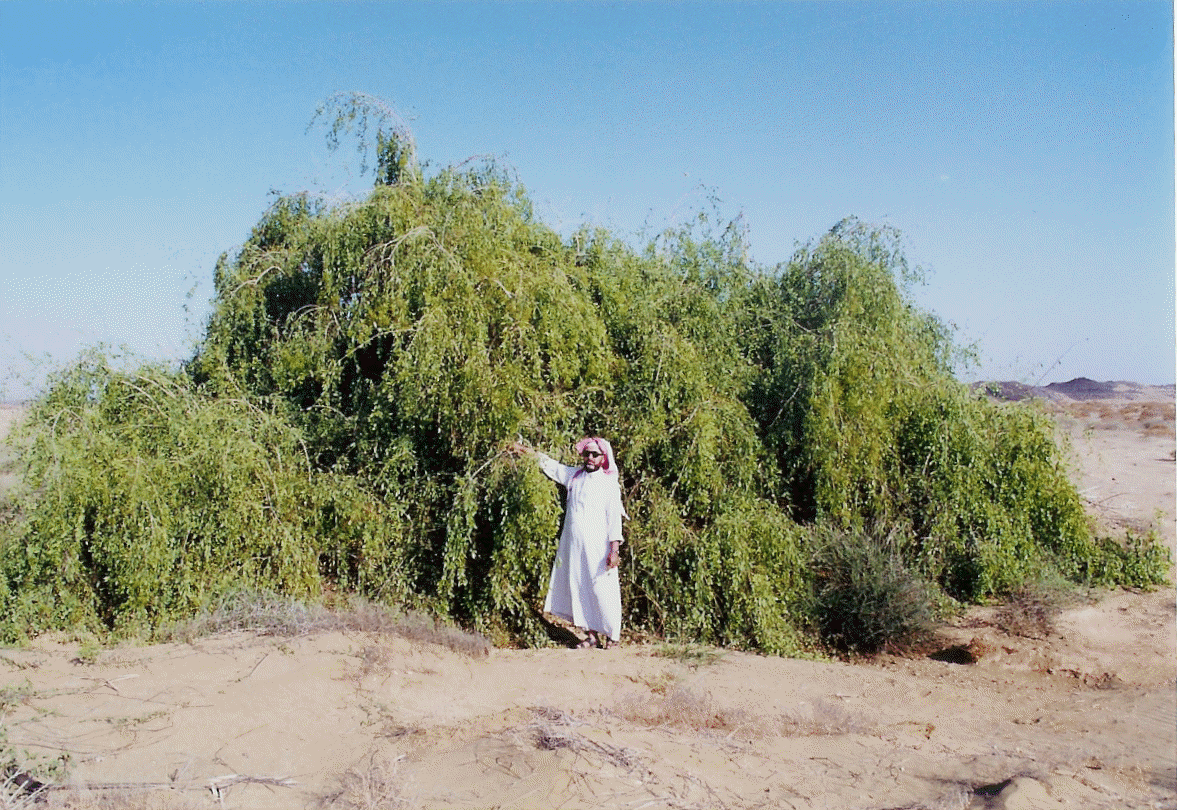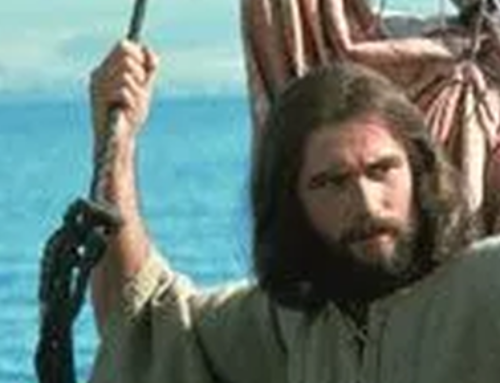A picture says more than a thousand words. It is much quicker to communicate than spoken or printed text, and for a large group of people who are visually oriented, it is easier to remember. That’s why today’s shops and media are full of images, photographs, logo’s, posters and videos. In the time of Jesus all these things did not exist, but perhaps the nearest thing was a parable.
Important lessons were taught by taking illustrations from nature and society.
This happened all over the world, for instance Taoist masters would discuss philosophical matters by borrowing extensively from nature, as illustrated in e.g. the kung fu films about Ip man and his Wing chun.
At some point in his ministry, Jesus decided to make more use of parables.
In our gospel reading from Mark it says, “he spoke the word to them, as they were able to hear it”. This means that the parables were not meant to hide the truth, but to make it more accessible. When it says that Jesus explained everything in private to his disciples, that does not mean that nothing was clear to the others, but only that more details were given to those who followed Christ. The word ‘disciple’ means ‘follower’ and you could follow Christ at any time to hear more. Note also that the group of disciples was always larger than the group of the (twelve) apostles. So there was nothing secretive about Jesus’ teaching, no more so than when we have a private or small group session about Christian doctrines with our spiritual director or minister or group leader.
Now let us focus on the parable of the mustard seed. The first thing to notice is that Jesus asks us a question. “With what can we compare the kingdom of God, or what parable will we use for it?” Clearly this is not a subject that we can deal with in passing. The importance of the subject is shown by the fact that many parables deal with the kingdom. Christ also encourages us to consider for ourselves: What do we find most characteristic about the kingdom of God? If we cannot describe it in some way, how can it be a reality for us?
Now there is something in this parable for everyone. Most of it is easy to understand, but some parts are challenging.
- First of all, what is the use of the mustard seed? It has always served, as it does today, as a condiment to give flavour to food. For that purpose it was cultivated. It has been found in prehistoric caves, so it was known long before the time of Christ. It also had medicinal use. Especially the black mustard, or brassica nigra, was used to improve blood circulation and digestion. That is why it is good to eat it with cheese, as it helps to break down the fat.
Christ’s audience may have automatically made the link between mustard and healing.In Dutch and in German we have the expression “He knows where Abraham fetches the mustard”. It means something like, that person is experienced and knows what the world has to offer. He especially knows where and how to get the good stuff that gives flavour to life.
The mustard seed which adds flavour to certain dishes, also reminds us of another comparison that Jesus used. In Matthew 5:13 he called his disciples the salt of the earth. If that “salt” would lose its flavour, nothing would be able to replace it. So it is important to maintain our specific Christian-humanitarian “flavour”. - The second, and probably most central theme, is growth. That small seed that can produce a large shrub. That is something unexpected, demonstrating and symbolizing that for God all things are possible. And of course it is true that Christianity started in a small way and has since developed into a huge world-wide movement. And its influence extends beyond organized religion, so I wouldn’t say this is only about the church(es).At the last Synod, bishop Robert asked us to do everything we do with intention. Likewise, the mustard seeds in our parable were deliberately sown. The sower knew what he was doing and why he was doing it. But it is interesting to realize that there was also a wild variety of mustard, which multiplied itself and was regarded as a weed (by the Roman historian Pliny). It was hard to get rid of this plant, even if you tried. And this for me, symbolizes the sturdiness of Christianity in countries where it is forbidden, as well as the vitality of “Christian” principles that (for us perhaps unexpectedly) exist among non-Christians and in other religions. In so far as “Christian” love and compassion is practised by non-Christians, it is no less real than the “cultivated” variety. And ultimately, this love and compassion come from the same source.The large, mature shrub in the parable is then able to give shelter to the birds. A mark of the true spirit of Christ is our hospitality, whether it is as a church, or as individuals. This is not so much about numbers, but when we grow in quality, there will be room for others not like ourselves, and they will feel safe with us. Where the function of the seeds was to give flavour and to reproduce, the function of the mature plant is different. As St. Paul stated in 1 Cor. 13, “…when the perfect comes, the partial will be done away. 11 When I was a child, I used to speak like a child, think like a child, reason like a child; when I became a man, I did away with childish things.” No longer does everything revolve around our identity, but around our service to others. I understood this even better when I read that, after the harvest, the mustard plant was used as a kind of green manure, to fertilise the soil. So even if we accomplished nothing else, just by being a disciple of Christ we will have prepared the soil for another harvest. Humble, but true.
- This brings us to the third and last theme, which is often overlooked.
The nesting of birds is a reference to Ezekiel 17, our first reading. There it speaks about a majestic cedar tree, in which the birds make nests, and which represents the restored nations of Israël. Mathew and Mark have tried to make the connection with Ezekiel even stronger by saying that the mustard seed grows into a tree. But Mark keeps it simpler and more accurate: it becomes a shrub. Strictly speaking, it is not really the largest shrub, either. And again, strictly speaking, it is not correct that the mustard seed is the smallest seed. Actually many seeds are smaller, like poppy seeds, nigella seeds, and even sesame seeds.
It is just that the rabbi’s in those days used the mustard seed as an example of something very small.This proves that the Bible cannot always be read or understood in a literal way.
Jesus spoke in a language and used examples that his audience would understand. We are called to do the same. Therefore what is needed is more than just reciting the Bible in a literal way. It often requires some mature thinking, study, reflection and interpretation to get to the real point and application.So why does Jesus use the image of nesting birds, but replace the majestic cedar tree by a mediocre mustard shrub? John McLaughlin explains in his book “Parables of Jesus” that by referring to Ezekiel, but not making an exact correlation, Mark indicates that “the kingdom is really not like that”.
“One anticipates a clear expression of the kingdom’s greatness in the mature plant, but that expectation is not met”. The Kingdom neither begins nor ends in majesty, but it always remains a fairly humble plant (the one in the picture is already exceptionally large). And yet, or maybe because of that, it offers shelter. It is the greatest plant in another sense.
And strange enough, this may have been precisely what Ezekiel also wanted to convey. Ezekiel quoted God as saying “All the trees of the field shall know that I am the Lord. I bring low the high tree, I make high the low tree; I dry up the green tree and make the dry tree flourish.” As soon as a tree becomes too proud, it is time for a new beginning!
The other day I borrowed a book called “God’s generals” about some famous evangelists and revivalists in the USA. It describes both successes and failures, and when someone failed, it was invariably because of some pride or arrogance, ignoring some guidance that the Holy Spirit wanted to give to them, either directly or through another person. They could be ever so religious and active and prayerful, but once they believed they had learnt all there was to know and began to rely on their own wisdom, they became useless. Pride and self-centeredness are probably the largest obstacles to spiritual growth, discipleship, healing and many other gifts.
However, when God uses the words “lofty” and “noble” there is no relationship to external glory, or domination or exclusivity. Many texts in the Bible, and that includes this parable, have only one message: Unless we follow Jesus, and are prepared to leave behind the old life of selfishness and greed, vanity and competition, we cannot understand the Kingdom of God, we cannot be part of it, we cannot truly help others and we will not even recognize true altruism and service when we encounter it. But if we identify with His humility and willingness to serve, then by a power we do not understand, we can become a force for good which cannot be exterminated, much like a weed cannot be exterminated. “And [as] the seed would sprout and grow, he does not know how”, so may the Holy Spirit perform miracles in us.
Amen.
This post is also available in: Dutch





Leave A Comment